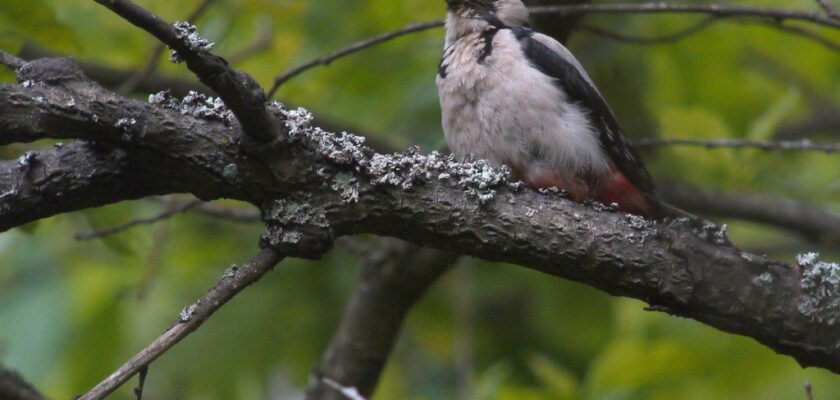Belovezhskaya Pushcha National Park
Belovezhskaya Pushcha is one of the preserved virgin forests of Europe, the last island of the primeval forest that once covered most of the European Plain. The state border between Poland and Belarus passes through Belovezhskaya Pushcha. Here were the favorite hunting grounds of Polish rulers, and the Palace Park was the residence of Tsar Nicholas I. The giant trees of the ancient forest and dense vegetation are home to 11,000 species of flora and fauna, many almost impossible to find elsewhere in Europe, including 120 species of nesting birds, 7 species of reptiles, 11 species of amphibians and 8,500 insects.
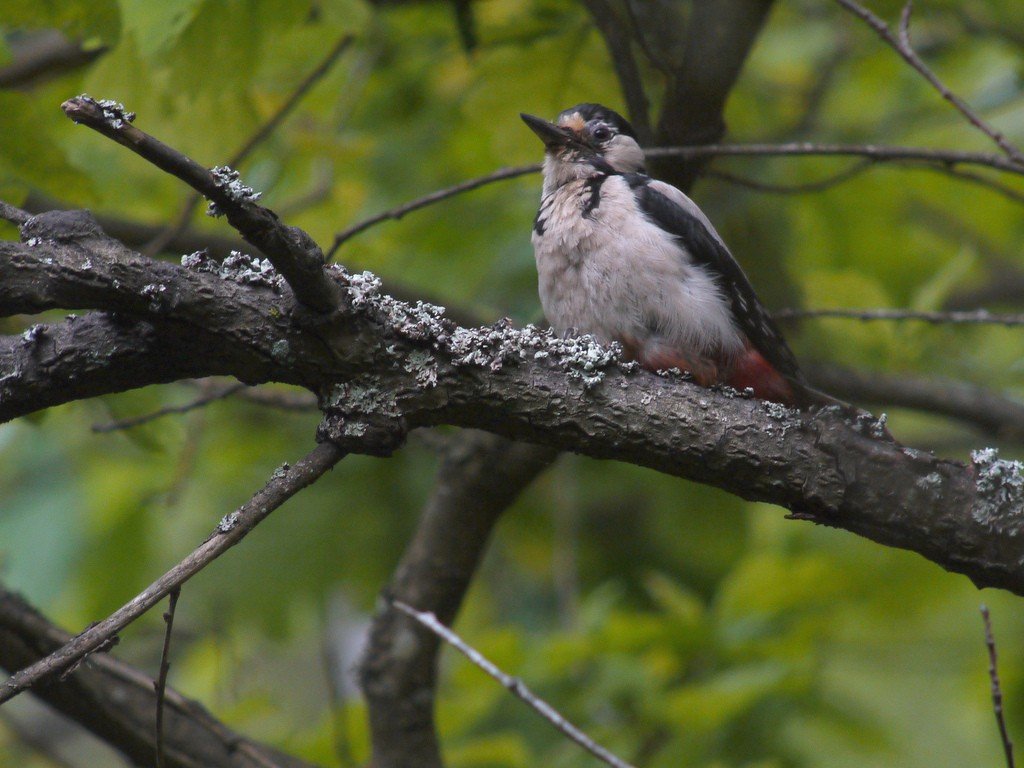
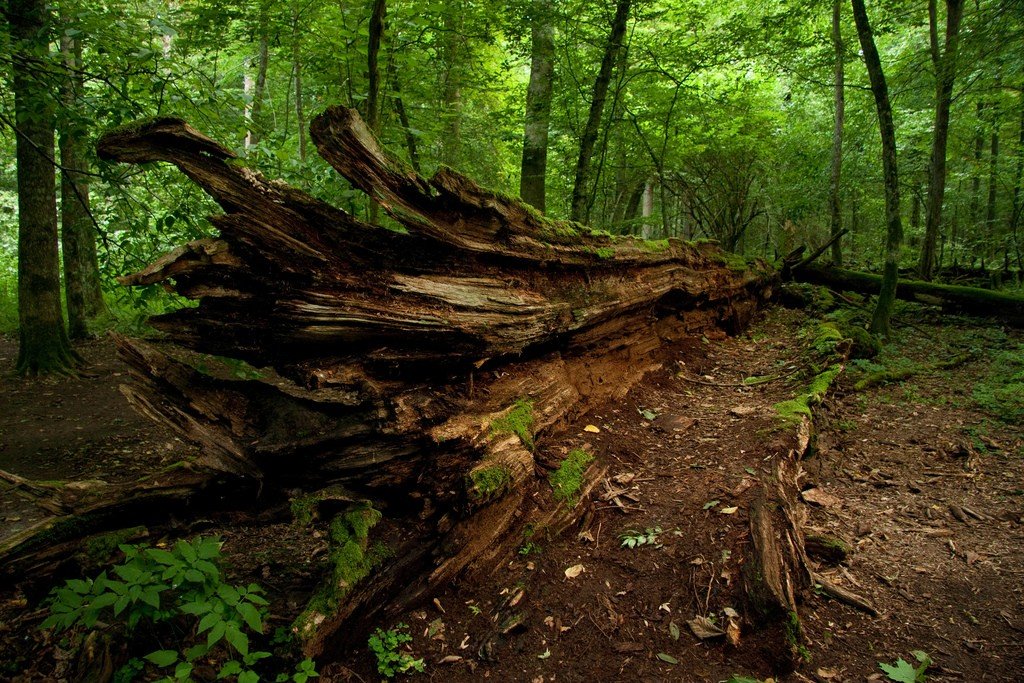
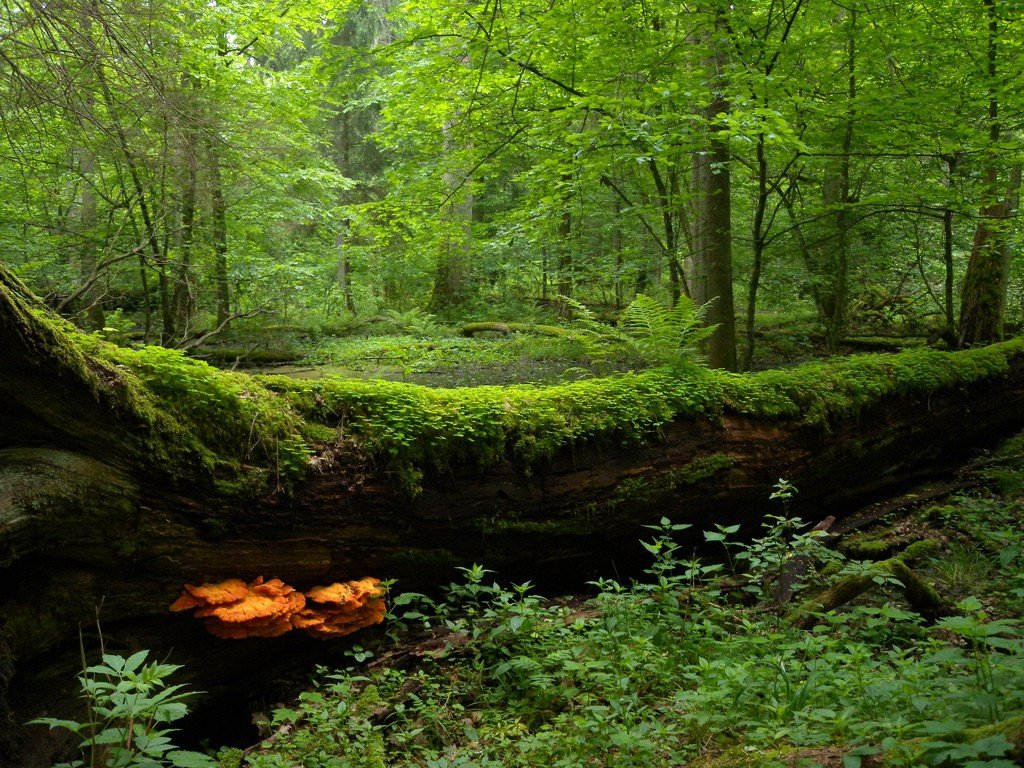
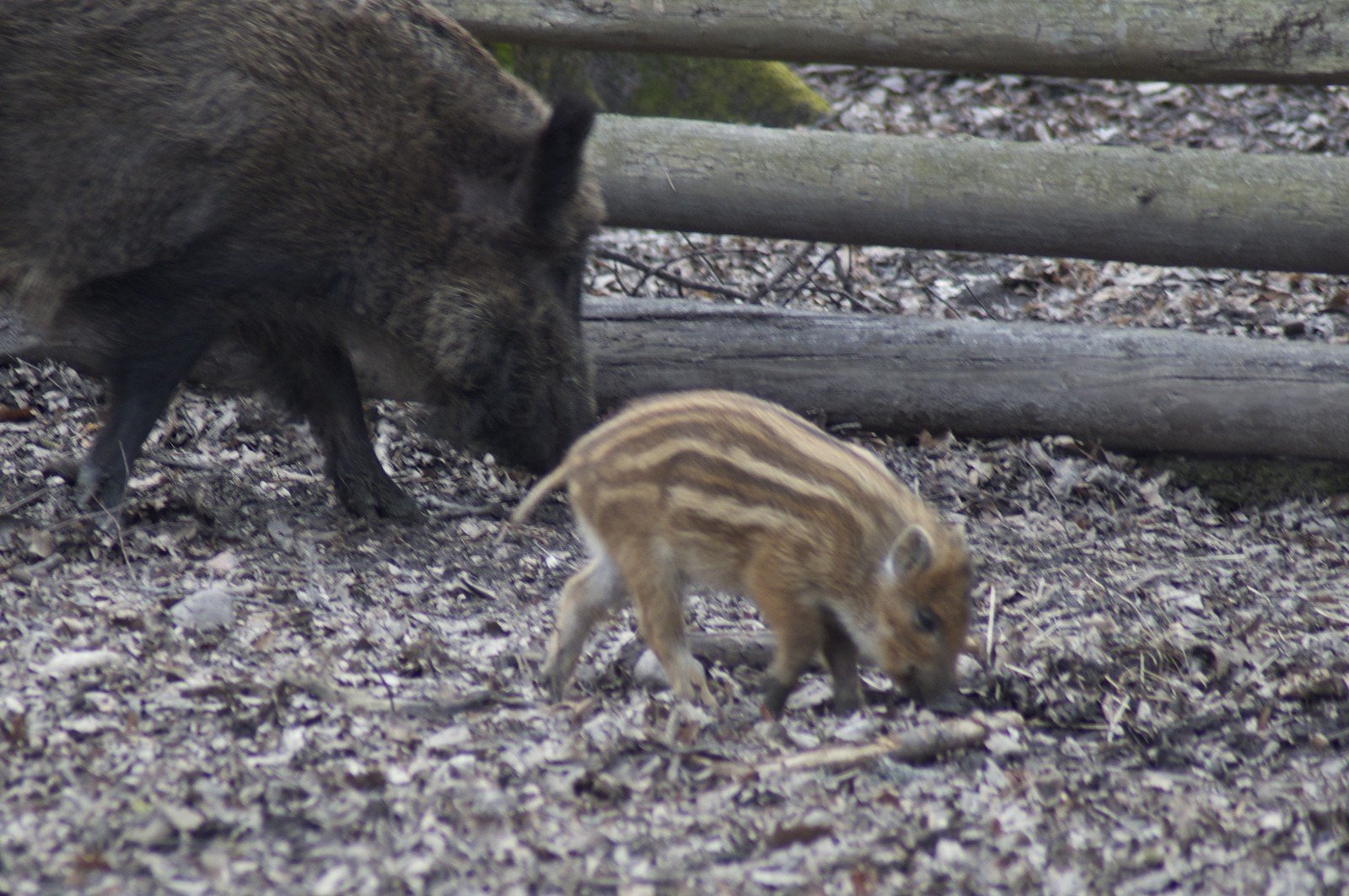
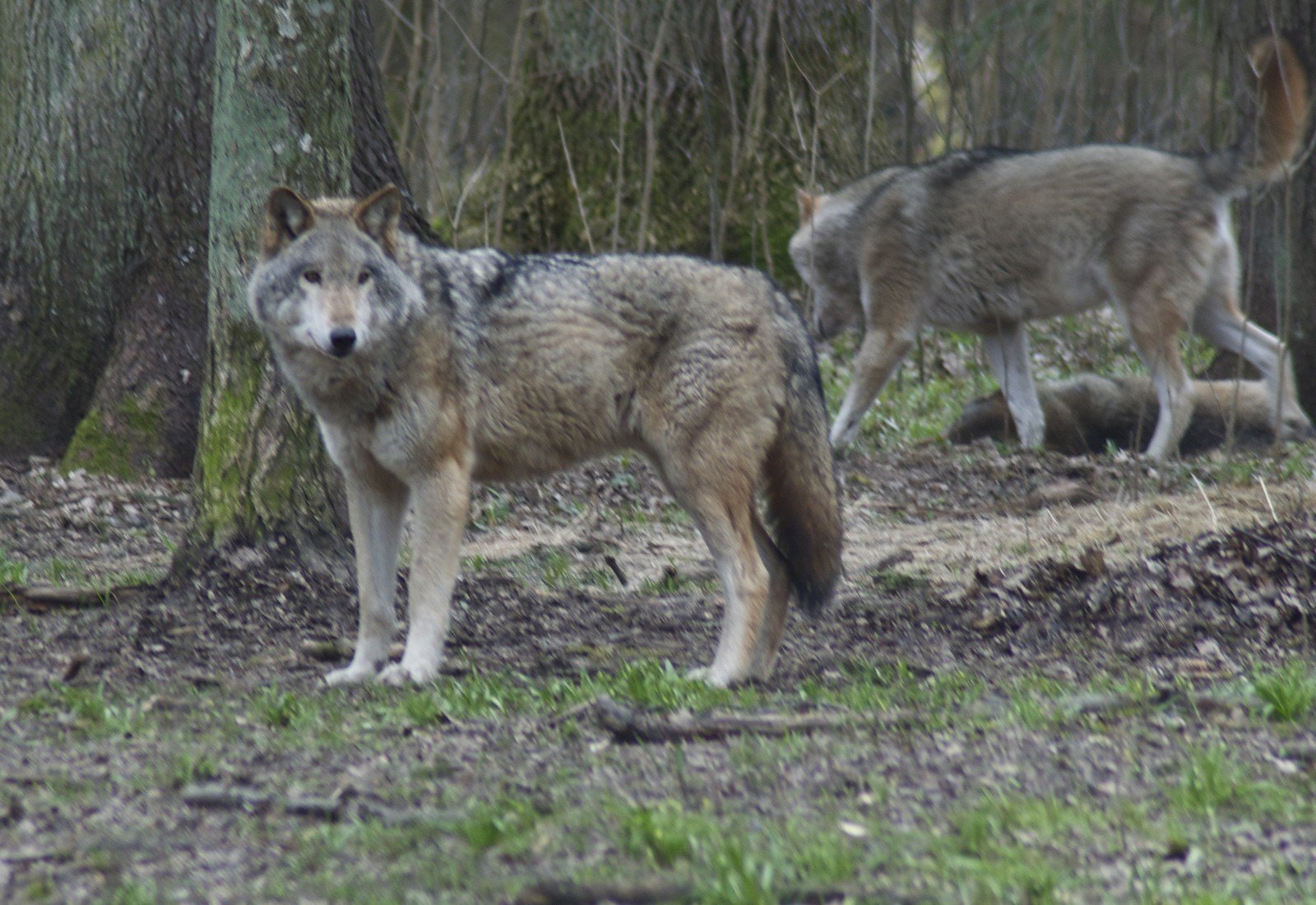

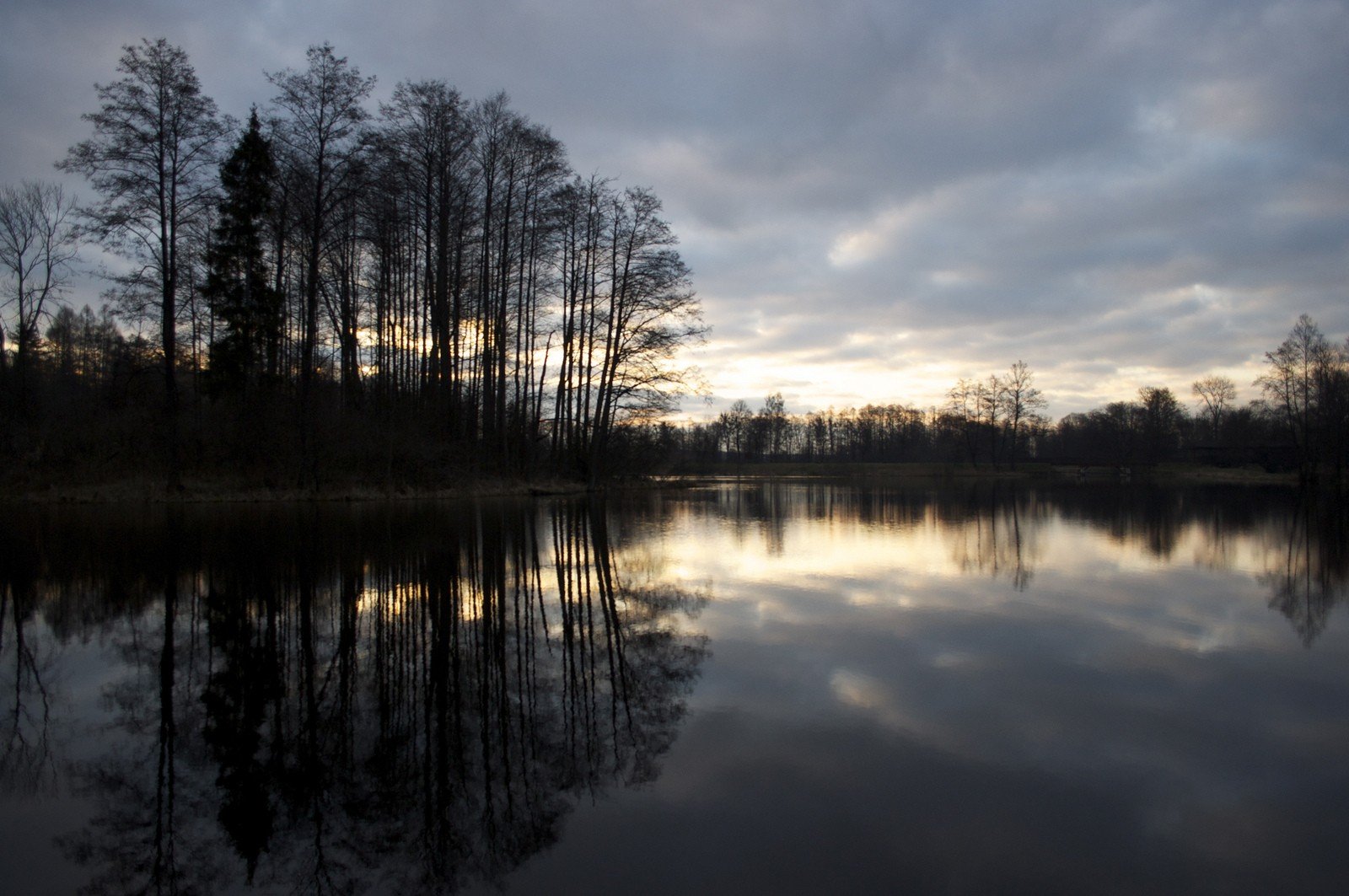
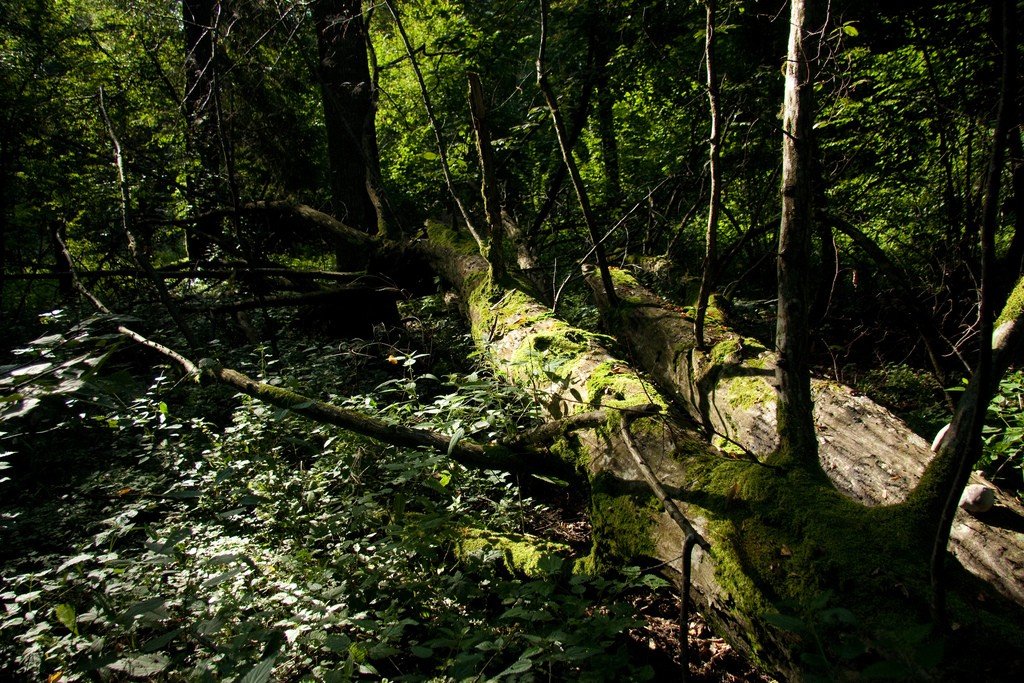
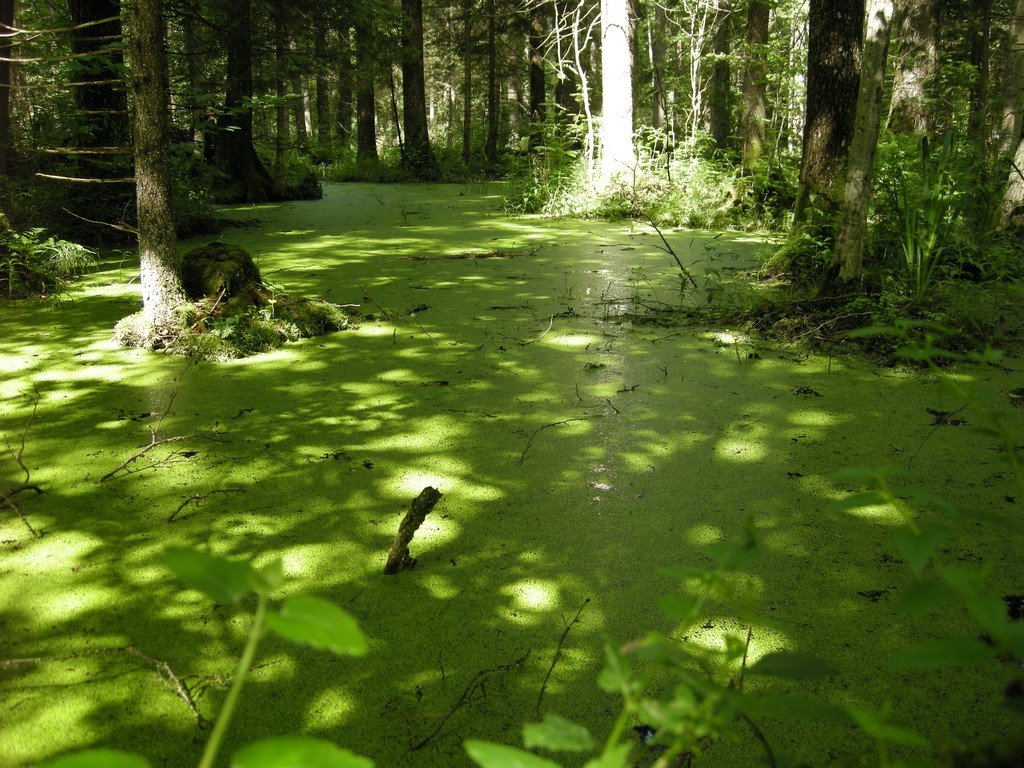
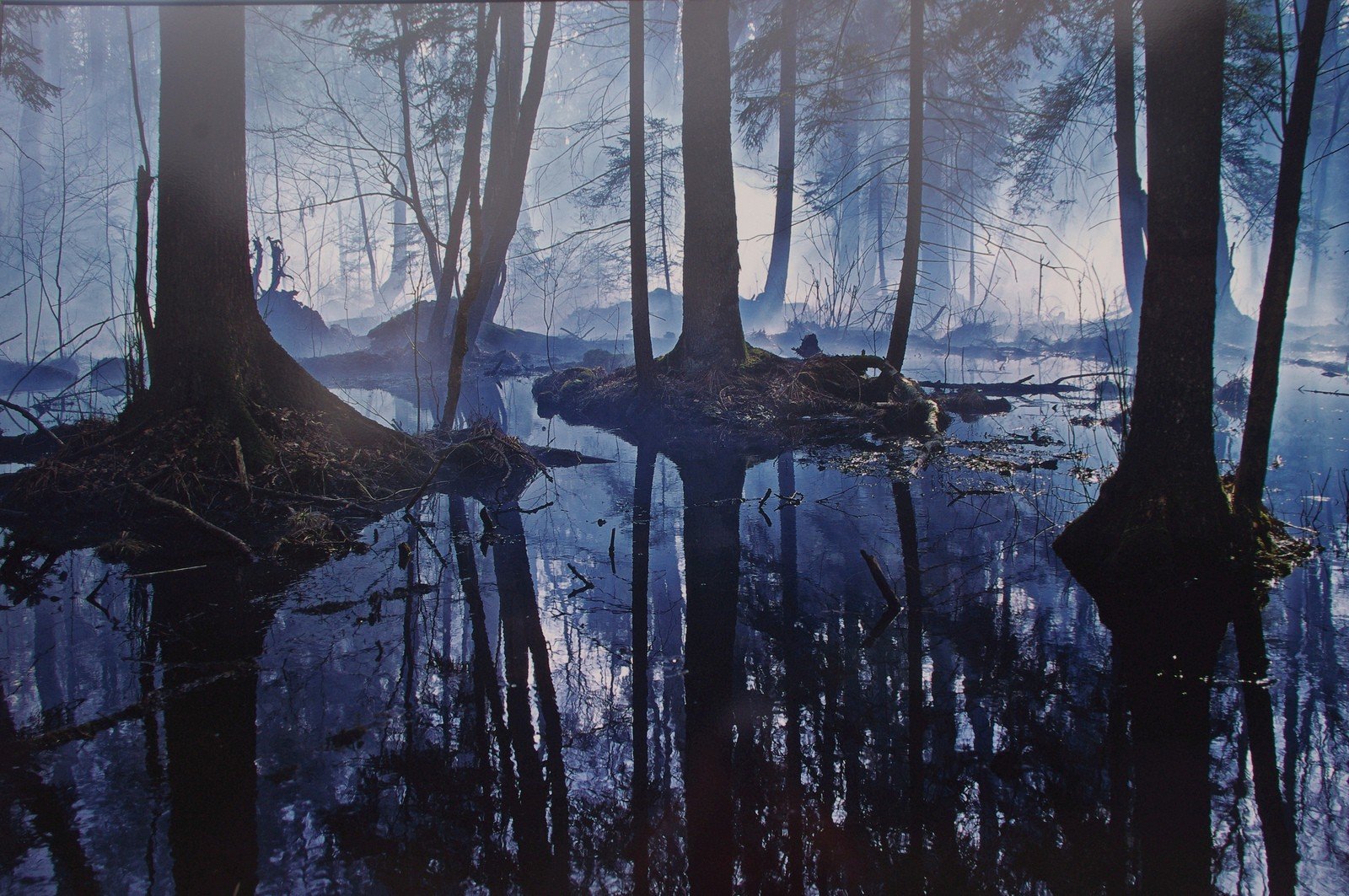
General information
The average age of trees in the forests of Belovezhskaya Pushcha is 81 years, in some parts of the forest trees are 250-350 years old and up to 150 cm in diameter. More than a thousand giant trees (the Tsar Oak and other 400 – 600-year-old oaks, 250 – 350-year-old ash and pine trees, 200 – 250-year-old spruces) have been registered in Belovezhskaya Pushcha. Spruce is the tallest species of Belovezhskaya Pushcha forests: up to 50 meters high. Alder forest grows near waterlogged river floodplains and on lowland bogs. Birch forests are mainly on transitional bogs, while maple, ash and spruce grow on upland areas. The undergrowth of birch, birch bark, black currant and raspberry is well developed.
.
Belovezhskaya Pushcha is home to the last population of European bison in Europe. The national park is also home to semi-wild “horse ponies”, which are bred in an attempt to recreate the extinct breed of horses – tartans, once popular throughout Europe, as well as bison – a mix of bison and cows. Among the 54 species of mammals are wolves, red deer, roe deer, roe deer, lynx, beavers, moose, and wild boars. The European Bison Reserve will allow you to see these animals in a small park.
.
In 1992 the State National Park “Belovezhskaya Pushcha” was included in the List of the World Heritage of Humanity by the decision of UNESCO. In 1993 it was granted the status of a biosphere reserve, and in 1997 it was awarded a diploma of the Council of Europe. By the decision of the World Heritage Committee session of June 23, 2014, the entire Belovezhskaya Pushcha, its Polish and Belarusian parts, became a single transboundary UNESCO World Heritage Site.
.